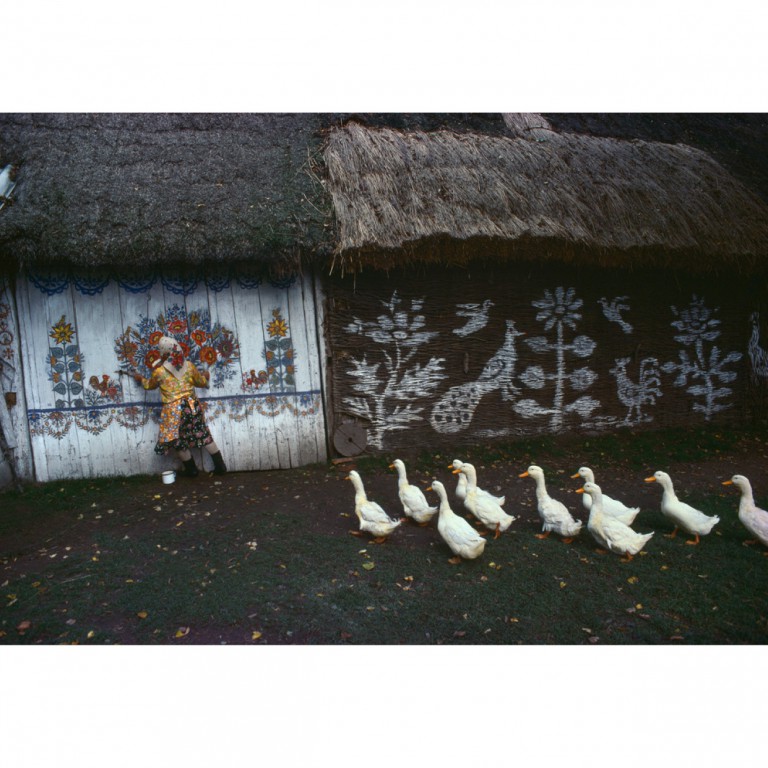Until 3 March, the National Museum in Warsaw is hosting the exhibition ‘Bruno Barbey Always on the move’. The exhibition shows the life of human communities observed by the photographer on five continents, in countries such as Bangladesh, Brazil, China, Egypt, Iraq, Iran, Japan, Korea, Kuwait, Morocco, Mexico, Nigeria, Senegal and Vietnam.
The exhibition of works by the French photographer associated with the legendary Magnum group also features photographs depicting the realities of Poland and Ukraine in the 1980s – an account of the countries that soon won their independence and gained independence from the USSR. There are also original vintage prints, created at the same time as the situations recorded on negatives and diapositives.
The presentation is complemented by objects connected with the photographer’s work (a camera destroyed during the war, press credentials) and publications – prestigious magazines illustrated with Bruno Barbey’s photographs, who wanted to show the world such events as the student protests in France or the political changes in Poland.
The exhibition captures the unique nature of the photographs, which stand out from the work of other members of the Magnum group, with which Barbey became involved at the age of 23. While most photographers in the 1960s were still taking black-and-white photographs, the artist decidedly rejected monochrome. He was inspired by the history of painting: he repeatedly expressed his admiration for Henri Matisse.
In historical perspective, it is highly significant that Barbey used the power of colour in reportage photography, even though this was, after all, an area that for a long time had a distinctly reserved attitude towards a wide and luscious colour palette. Barbey did not focus solely on the spectacularity of events, after all, their topicality passes quickly, but above all on the timeless plastic quality of the image. His style therefore consists of intense colours and sophisticated colour combinations.
Arkadiusz Słomczyński





